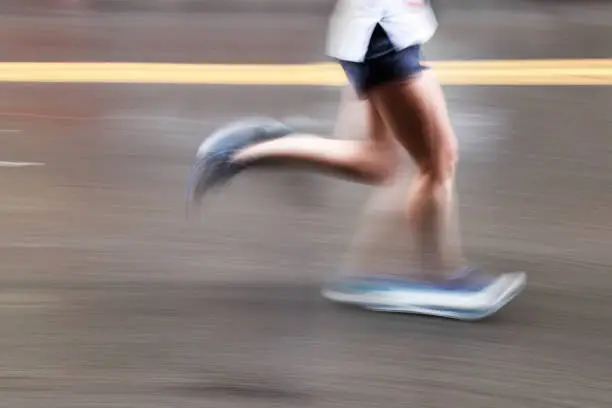As a runner, you’ve likely come across the term “cadence” without fully understanding its significance. You might have dismissed it as unimportant, but cadence plays a crucial role in your running efficiency and injury prevention. So, what exactly is cadence, and why should you pay attention to it when reviewing your running data? In this blog, we’ll explore what cadence means, how it affects your running form, and why it’s essential for minimizing the risk of injuries.
What is Cadence?
Cadence refers to the number of steps you take per minute while running. A higher cadence generally means your foot spends less time on the ground with each stride, reducing the stress and load on your muscles, joints, and ligaments. Conversely, a lower cadence increases the time your foot spends on the ground, leading to greater stress on the muscles that propel you forward. Over time, this can elevate your risk of soft tissue injuries if not properly managed.
Common Injuries Associated with Low Cadence
- Tendinopathy: This condition is characterized by the repeated strain and inflammation of a tendon, often caused by overuse, poor technique, or improper footwear. Achilles tendinopathy is particularly common among runners due to the significant pressure absorbed by the Achilles tendon during both acceleration and deceleration phases of running.
- Plantar Fasciitis: One of the most common causes of heel pain, plantar fasciitis involves inflammation of the plantar fascia—a fibrous tissue along the bottom of the foot. The condition is typically worsened by high-impact activities like running, which place substantial pressure on the fascia.
Tips for Recovery and Injury Prevention
If you’re dealing with tendinopathy or plantar fasciitis, here are some tips that can help speed up your recovery:
- Decrease Training Volume and Intensity: If the injury is mild, continue exercising with reduced intensity. For acute injuries, switch to lower-impact activities like swimming or cycling to maintain cardiovascular fitness without stressing the affected areas.
- Incorporate Strength Training and Mobility Work: Strengthening your muscles and tendons through targeted exercises can improve endurance and stability. Mobility exercises will help restore your joints’ range of motion, further enhancing your running mechanics.
- Focus on Prevention: Injury prevention is as crucial as exercise itself. Incorporate remedial massage therapy into your routine to increase blood flow, improve joint mobility, and reduce muscle tightness, helping your body recover faster and stay injury-free.
Whether you’re experiencing pain or simply looking to optimize your performance, paying attention to your cadence and prioritizing injury prevention can make all the difference in your running journey.

